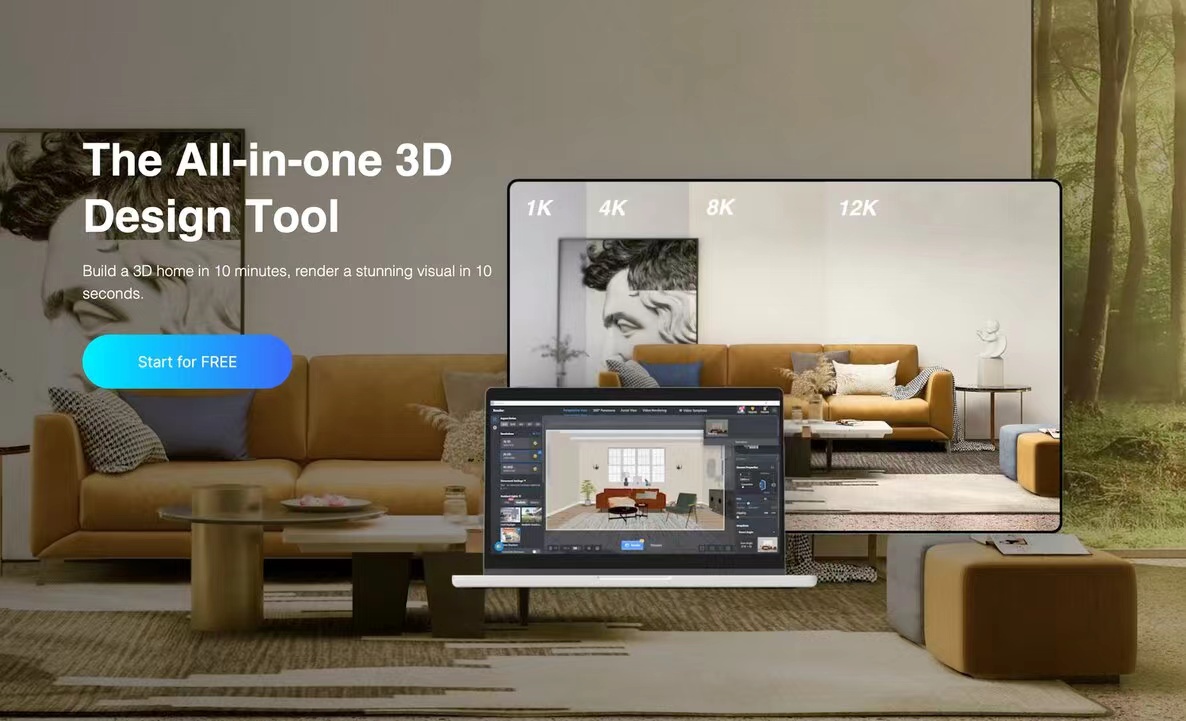Welcome to the world of tissue 3D modeling!
Are you fascinated by the intricacies and complexities of tissues? Do you want to explore the hidden structures and functions of different tissues? Look no further!
In this article, we will delve into the realm of tissue 3D modeling, a revolutionary technique that allows us to simulate and understand the structure and behavior of various tissues in a three-dimensional environment. Whether you are a researcher, medical professional, or simply curious, this guide will provide you with valuable insights.
What is Tissue 3D Model?
Tissue 3D modeling involves the creation of virtual representations of tissues using computer-based tools and techniques. By utilizing advanced algorithms and mathematical models, researchers can simulate the complex interactions and behaviors of cells, extracellular matrix, and other components within a tissue.
Through tissue 3D models, we can visualize and analyze the spatial arrangement, mechanical properties, and biochemical processes within tissues. This enables us to gain a deeper understanding of the underlying mechanisms of tissue development, disease progression, and regeneration.
Benefits of Tissue 3D Modeling
Tissue 3D modeling offers numerous advantages in various fields:
- Research: Researchers can use 3D models to test hypotheses, simulate biological processes, and study the effects of drugs or interventions on tissues. This accelerates the pace of scientific discoveries and reduces the need for extensive animal or human trials.
- Medical Advancements: Tissue 3D models enable medical professionals to better understand the diseases, identify potential treatments, and personalize medical interventions. This aids in improving patient outcomes and developing targeted therapies.
- Education: 3D models provide a visual and interactive learning platform for students, allowing them to explore tissues and enhance their understanding of anatomy, physiology, and pathology.
- Regenerative Medicine: By simulating tissue behavior, researchers can optimize tissue engineering strategies, predict the outcomes of transplantations, and develop innovative approaches for tissue regeneration.
- Virtual Surgery: Surgeons can use 3D models to plan complex procedures, simulate surgical scenarios, and improve precision and efficiency in the operating room.
The Future of Tissue Modeling
Tissue 3D modeling is rapidly advancing, driven by technological advancements and the growing demand for a deeper understanding of tissues. As computational power and imaging techniques continue to evolve, we can expect more accurate and intricate tissue models that mimic real-life conditions.
These advancements hold great promise for personalized medicine, regenerative therapies, and drug development. Tissue 3D models have the potential to revolutionize healthcare and reshape our understanding of tissues and diseases.
Are you ready to explore the world of tissue 3D modeling? Dive into this exciting field and unlock the secrets of tissues one model at a time.


